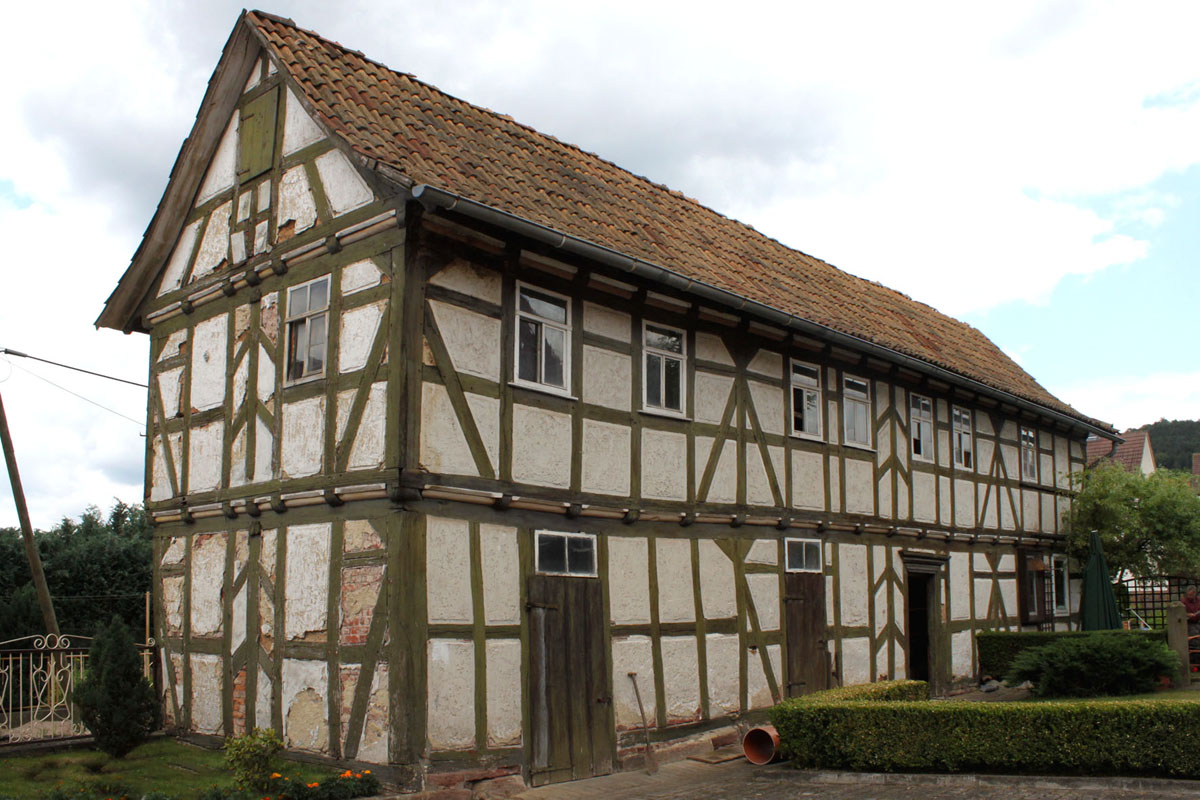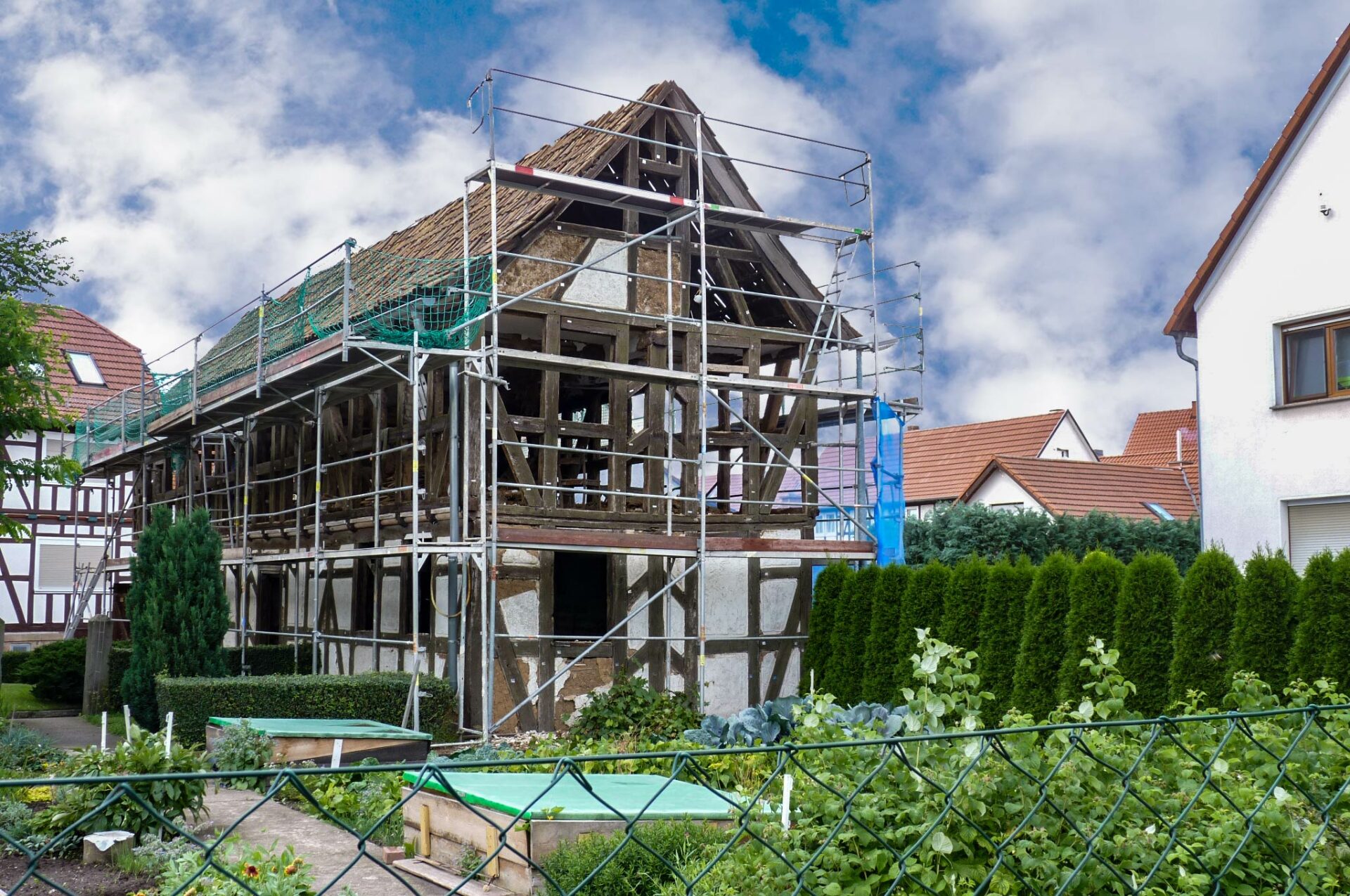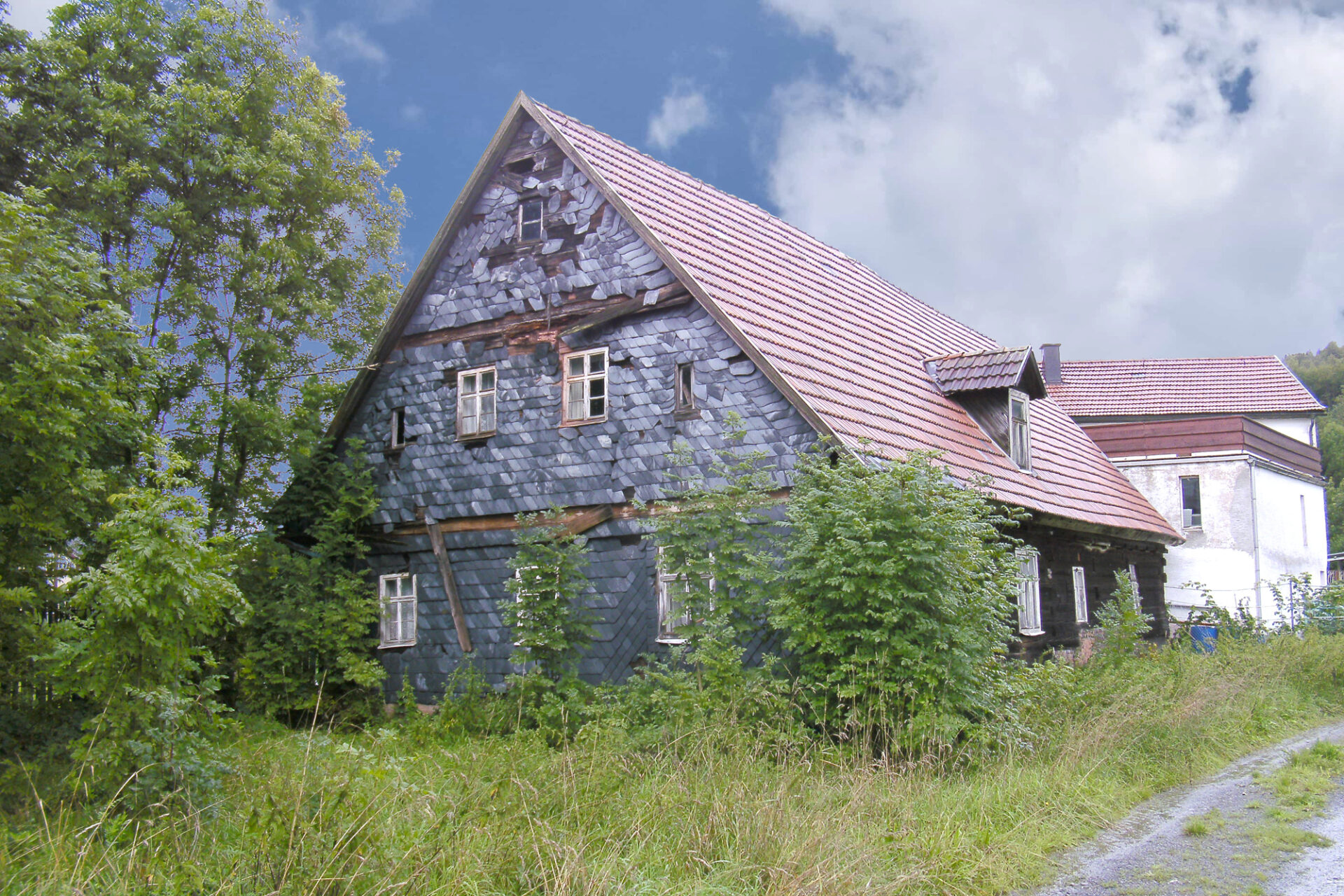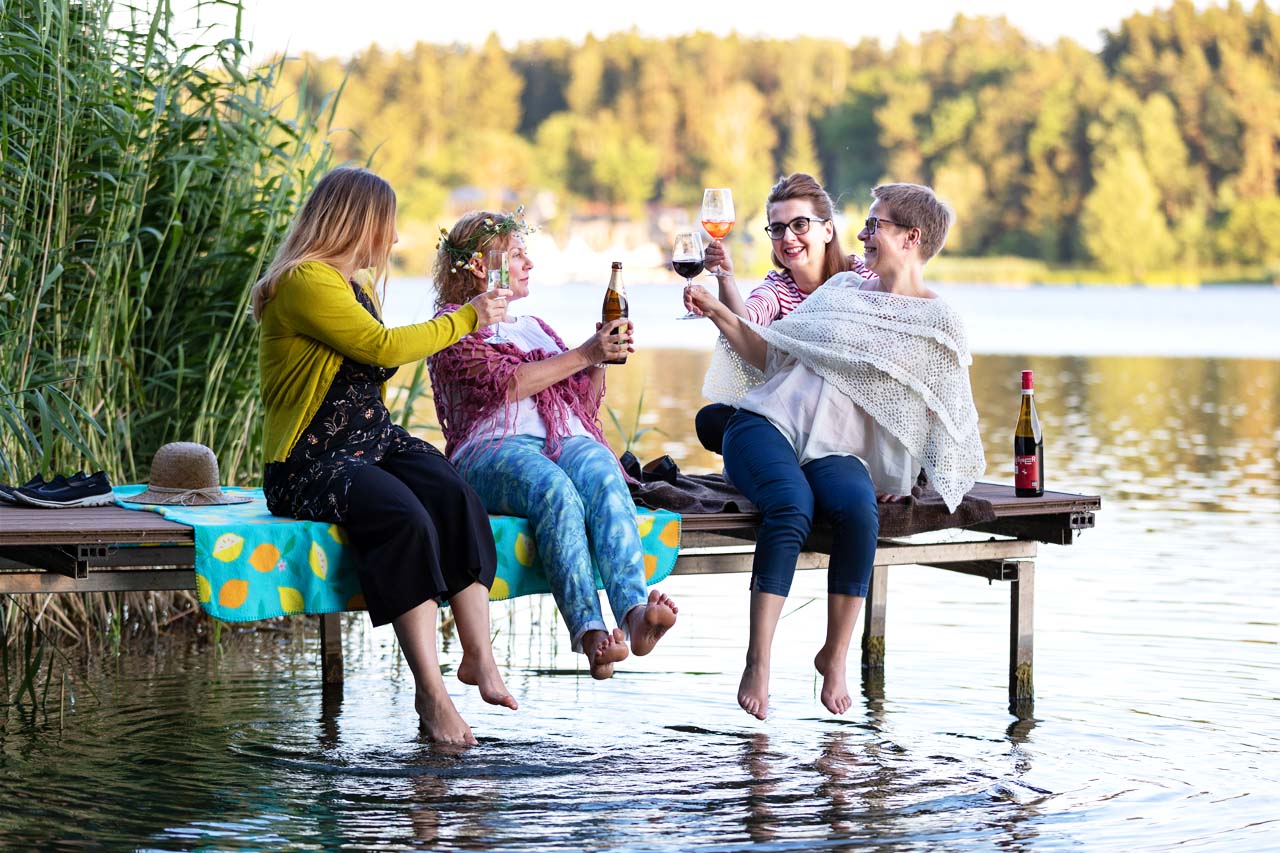Thuringian Open-Air Museum Hohenfelden
Development concept for the hometown of history and tradition
The open-air museum in Hohenfelden is a highlight in the Weimarer Land. This beautifully situated site at the foot of the Eichenberg mountain documents 400 years of Thuringian building history in a vivid and informative way. Most of the buildings on the museum grounds are from central Thuringia. However, this is no longer enough for the sponsors and the Weimarer Land, because the entire Free State offers exciting building history worth preserving.
New addition to the Thuringian Open Air Museum
So Thuringia’s largest open-air museum has plans for the future. A village church, a sawmill, a bell house and many other buildings are to be moved here and rebuilt true to the original. To this end, the Eichenberg site will be extended by at least 1 hectare. As a result, a “patchwork village” will be created, which will seek out the most exciting of many enchanted Thuringian places. Many a village applies to have a historically valuable building exhibited here. And the museum visitors experience how Thuringian village culture is lovingly and professionally preserved and made tangible.
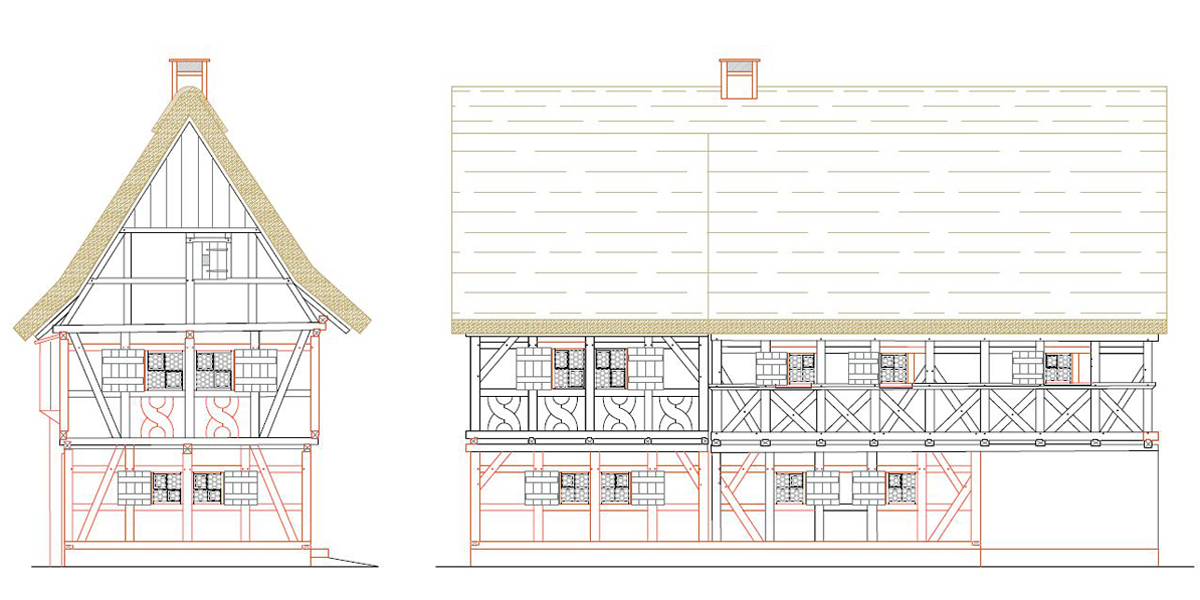
The first new arrivals are already expected:
Entrance building
In contrast to the historical buildings of the open-air museum, a modern information and experience centre will welcome the museum guests in the future. The building and the interior design will clearly stand out from the design of the museum areas.
In addition to information about the open-air museum and an interactive exhibition area, guests will be made curious about other offers and regions of Thuringia through media presentations.
The Frankenwaldhaus
This log cabin from Heinersdorf is moving into the south of the new museum grounds. In 1709, large fir trees were felled, hewn into beams and then joined together at the corners. The parlour, the most important room in the house, was later clad in slate. Since the original location of the building was very close to the former inner-German border, an exhibition commemorating the German-German division is planned after the reconstruction.
The oldest preserved residential house in Thuringia
In the “North Thuringia” building group, the oldest rural dwelling house in the Free State is being restored. It was built in 1550 in Abtsbessingen in the Kyffhäuser district. Once completed, the Abtsbessingen dwelling house will be a very special jewel of the open-air museum. The special loam construction of the ground floor in combination with the thatched roof and the display façade with St. Andrew’s crosses and firedogs make it a visual highlight.
Old people’s home
The first building in the “Rhön” building group is the Altenteilerhaus from Buttlar, which was built in 1816. While it was customary in central Thuringia for the old people’s partitioners to be allocated only one room in the house, the farmers in the Rhön built separate buildings for the stragglers, which included a dwelling, a stable and a coach house. In future, folklore exhibitions will be shown here.
A number of other selected buildings will follow. So it remains exciting in the open-air museum and guests can always discover something new on each of their visits.
WOULD YOU LIKE TO INVEST IN THE FUTURE?
Then you’ve come to the right place!
With its central location in the middle of Germany, our tourism and economic region of Weimarer Land offers many opportunities and ideal conditions for domestic and foreign investors. We look forward to working with you to find new development opportunities and realise ambitious, forward-looking projects.

